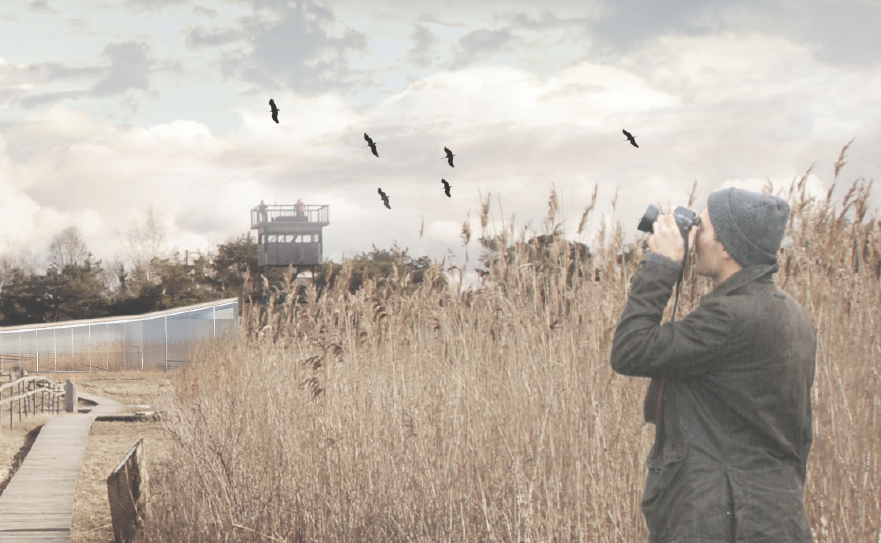Changes in the population, the development of tourism and the increase in centralisation resulting from the administrative reform affect the need for space in peripheral coastal areas. Delving into characteristic coastal community places is one option for boosting Estonia’s coastal landscapes. The selected coastal cultural spaces – Liu boat workshop, Kabli bird station and the former polder field with an abandoned pump station – are places on the coast of Pärnu Bay that are worth reviving for the benefit of locals and visitors alike.
The suggestion to open Liu boat workshop to visitors creates an opportunity to enliven the traditional coastal village via the development of tourism. The proposal to expand Kabli bird station, which is located in a nature conservation area, corresponds better to the present needs of bird watchers. The pump station of Audru polder, which currently stands empty in the lap of coastal landscapes, could be used as a temporary market of ice fishers, a net shed, a workshop for ornithologists, a cinema or an event venue. Interweaving the coastal activities of different groups makes it possible to diversify the activities of coastal communities and make business stronger and more cohesive.
Guaranteeing sustainability often does not take much. Using space more flexibly could reduce the impact of seasonality. To meet the spatial requirements for fishing, boat-building, bird-watching and the numerous sites under nature conservation often only needs relatively small spatial interventions, which are still very important on the scale of the local coastal community. The spatial solutions of peripheral coastal areas must be dealt with at the grass-roots level, taking local needs and possibilities into consideration as well as a potentially larger network of coastal space.
Tutors: Andres Alver and Indrek Rünkla (Estonian Academy of Arts).
Files (In Estonian):
Published in Maja’s 2018 winter edition (No 92).





